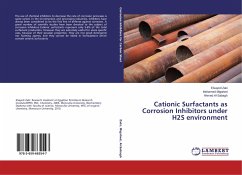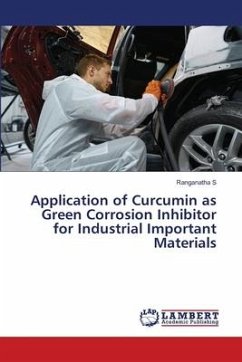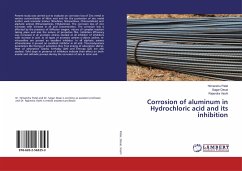In conventional heat transfer equipment heat is exchanged between two fluids which are physically separated by a solid interface. Typical examples of such equipment can be found in devices as varied as air conditioning units, aircraft and motor-vehicle engines, chemical processing plant, domestic refrigerators and radiators, electrical and electroni equipment, heat rejection systems in space vehicles, nuclear fuel storage tanks, and steam turbine installations.In these devices the separating interface invariably comprises a primary surface, such as a plane wall or a cylindrical tube, with slender metallic strips, referred to as extended surfaces, attached to one side. Consequently, such devices are classified as extended surface heat exchangers. The extended surfaces offer a convenient means of achieving a large heat transfer surface area without the use of excessive amounts of primary surface, and are mainly employed in situations in which there is a particular emphasis on minimising either the size or the weight of thp. heat transfer equipment. Many types of industrial plant heat exchangers are affected by corrosion , including condensers, feedwater heaters.
Bitte wählen Sie Ihr Anliegen aus.
Rechnungen
Retourenschein anfordern
Bestellstatus
Storno








